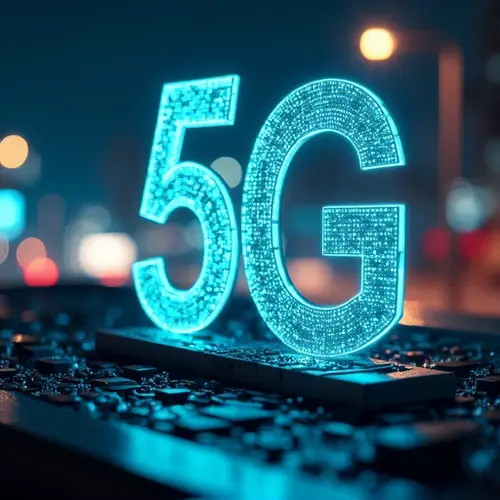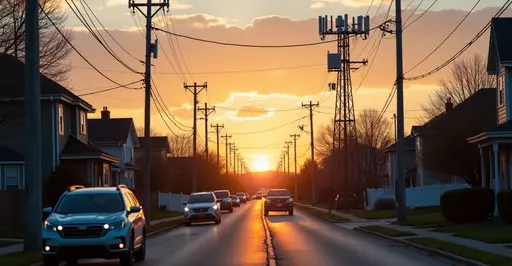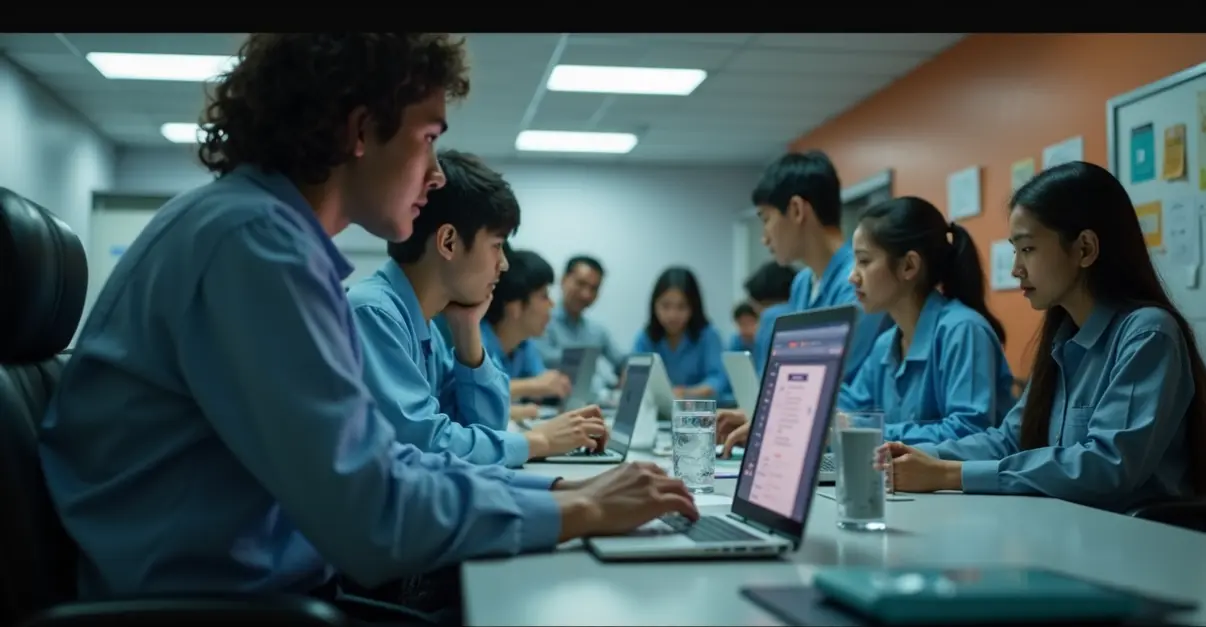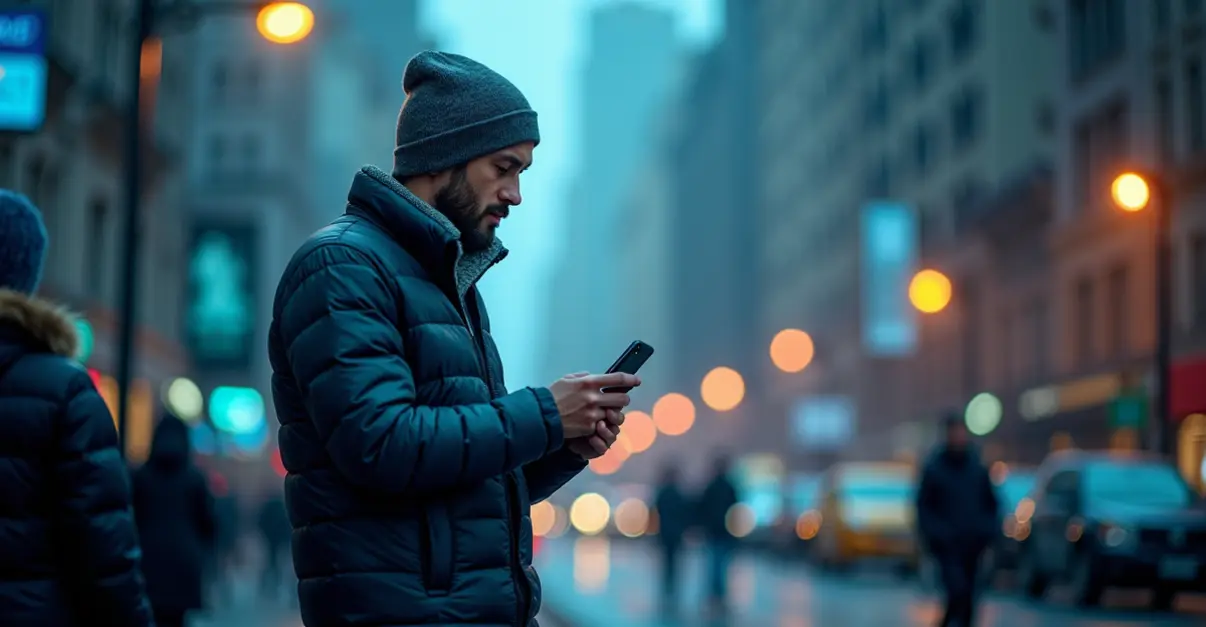5G expansion faces growing community resistance over health concerns, property value impacts, and aesthetic issues. Legal battles and protests challenge tower installations nationwide despite rapid network growth.
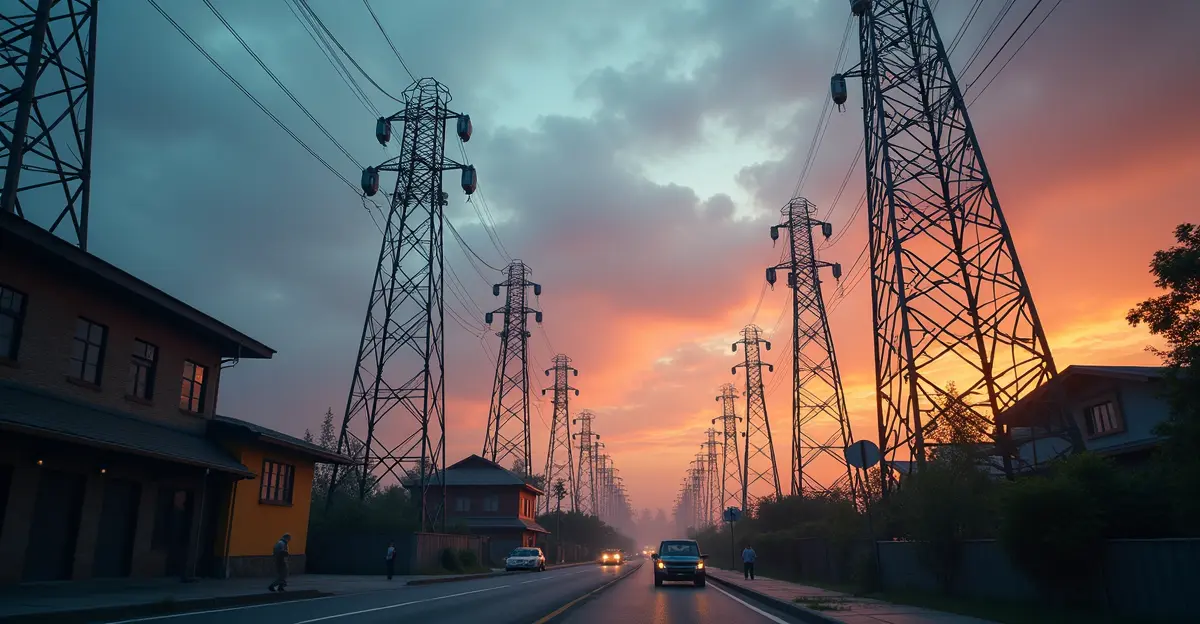
The 5G Revolution Meets Neighborhood Pushback
As 5G networks continue their rapid global expansion in 2025, communities across the United States and worldwide are increasingly resisting new cell tower installations, creating significant challenges for telecommunications companies and local governments. The pushback stems from four main concerns that have become flashpoints in neighborhoods from coast to coast.
Health and Safety Fears Drive Opposition
One of the most persistent controversies surrounding 5G expansion involves health concerns about radiofrequency (RF) exposure. 'We're seeing residents report everything from insomnia to heart palpitations after these towers go up,' says Dr. Martin Pall, an electromagnetic field expert who has studied the biological effects of wireless radiation. 'The scientific evidence suggests 5G's pulsed wave radiation can be more harmful than continuous waves, causing oxidative stress and cellular damage.'
Despite industry assurances that 5G towers operate within established safety limits, over 400 scientists have signed a global appeal calling for a moratorium on 5G deployment until health impacts are better understood. Research indicates that current safety standards may not adequately protect against long-term exposure, particularly for vulnerable populations like children and the elderly.
Property Values and Aesthetic Concerns
Beyond health worries, many communities are fighting 5G towers due to concerns about property values and neighborhood aesthetics. In Manhattan's Upper West Side, a new 32-foot tall 5G tower on Columbus Avenue has drawn sharp criticism from residents. 'It's monstrous and completely out of character for our neighborhood,' complains Pam Gould, a 20-year resident. 'It overshadows our beautiful trees and looks like something that would look good in Dubai, not here.'
The tower is part of New York City's Link5G project, which plans to install about 2,000 similar structures across the five boroughs. Similar battles are playing out in communities from Benzie County, Michigan, where residents protested a 195-foot tower near a public park, to Carlsbad, California, where parents objected to 5G small cells near preschools.
Legal and Regulatory Challenges
The Telecommunications Act of 1996 presents a significant hurdle for communities seeking to block tower installations. The federal law limits local authorities' ability to reject towers based on health concerns, forcing communities to find creative legal strategies. 'We're seeing communities challenge tower approvals through petitions, public hearings, and legal battles,' explains attorney Robert Berg, who has represented several communities in tower disputes. 'The problem is that wireless companies sometimes present misleading coverage maps to justify new construction, even when existing service is adequate.'
Legal cases have emerged nationwide, with communities in California, Virginia, Florida, and New Hampshire challenging tower approvals based on health impacts, property value concerns, and procedural issues.
The Coverage Gap Reality
Despite the controversies, the expansion of 5G networks continues at a rapid pace. According to recent statistics, global 5G adoption is accelerating, with Asia Pacific leading deployment. China shows a 77.1% 5G standalone sample share, while India follows at 51.1%. The United States maintains strong performance with median download speeds reaching 388.44 Mbps in late 2024, driven by T-Mobile's comprehensive spectrum strategy.
Performance improvements are substantial - 5G standalone networks deliver 20-25% lower latency and 57-84% higher download speeds compared to non-standalone networks. However, Europe lags significantly behind, with only Spain and Austria ranking in the top ten countries for 5G deployment.
Finding Common Ground
Telecommunications companies and local governments are exploring compromise solutions to address community concerns. 'Early community engagement and transparency are absolutely critical,' says a telecommunications industry representative who asked not to be named. 'We're working on alternative siting options, stealth tower designs that blend into the environment, and better public consultation processes.'
Some communities have successfully negotiated for towers to be placed further from residential areas, while others have accepted modified designs that minimize visual impact. The challenge remains balancing technological advancement with community interests in an increasingly connected world.
As the 5G rollout continues, the tension between infrastructure needs and community concerns shows no signs of abating. With projections showing 5G adoption exceeding 50% globally by 2030, finding sustainable solutions that address both technological progress and public welfare will be crucial for the future of wireless connectivity.

 Nederlands
Nederlands
 English
English
 Deutsch
Deutsch
 Français
Français
 Español
Español
 Português
Português




